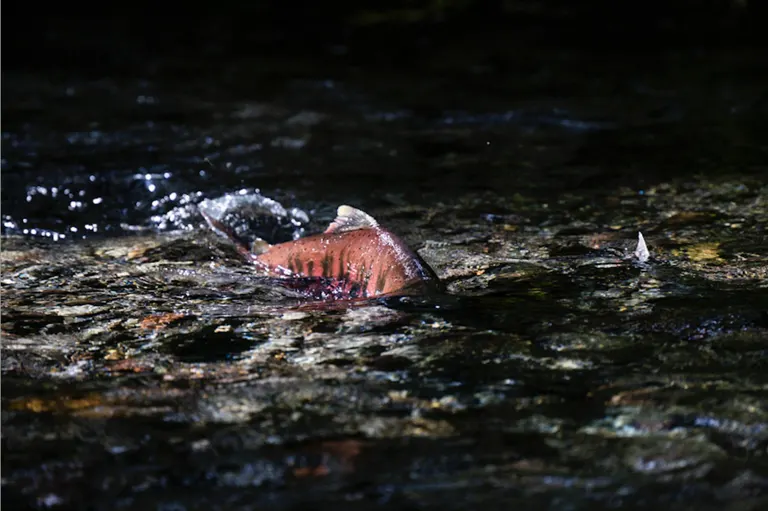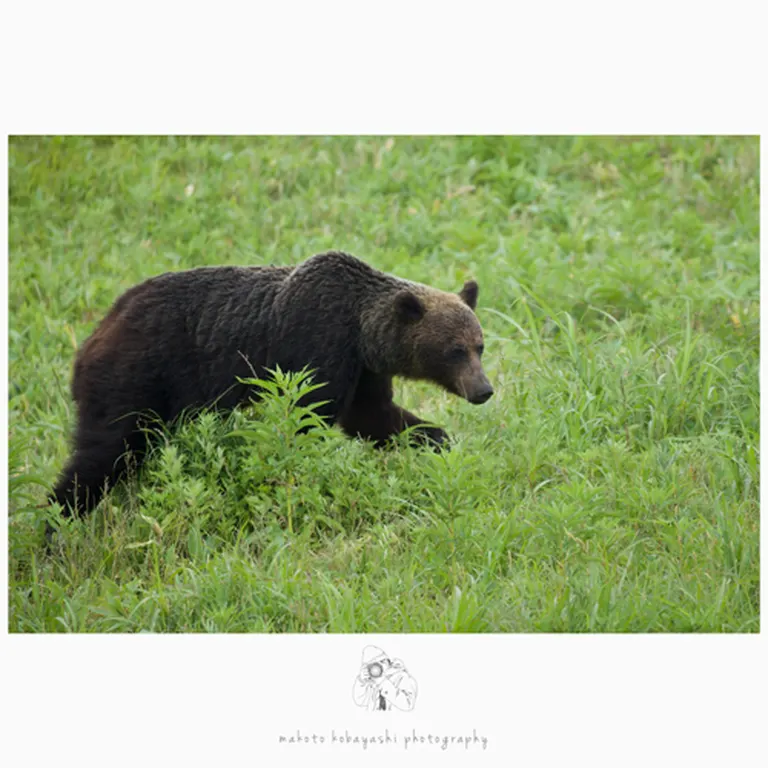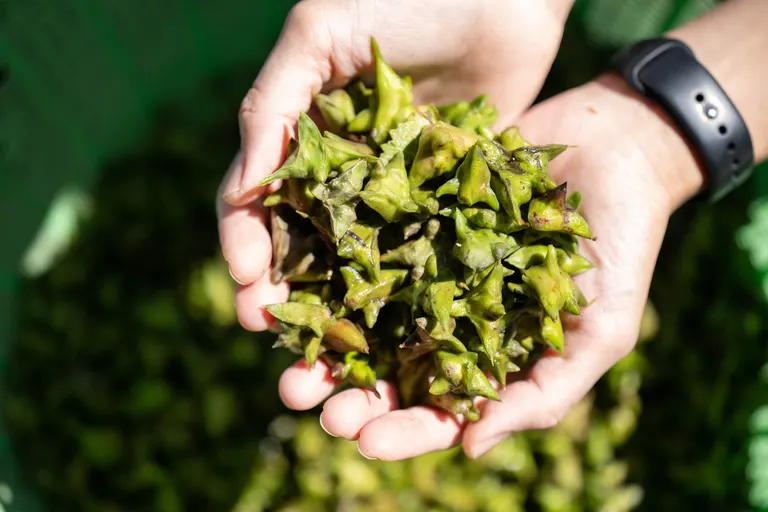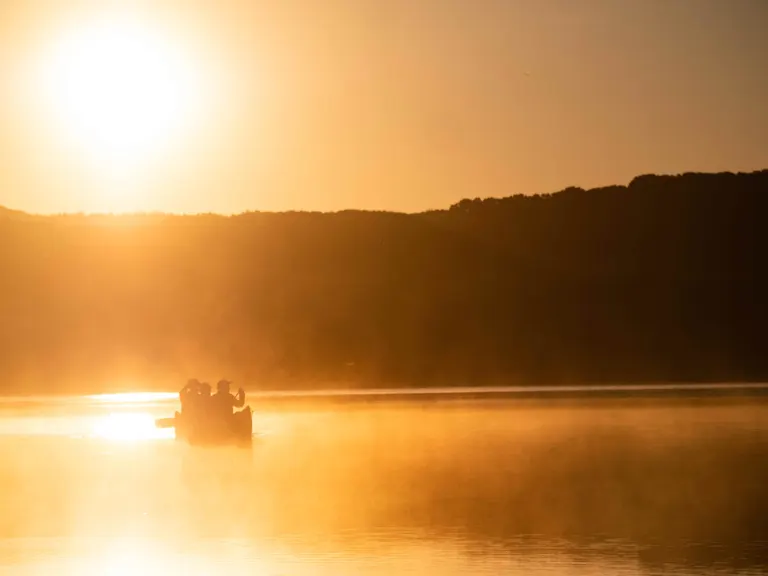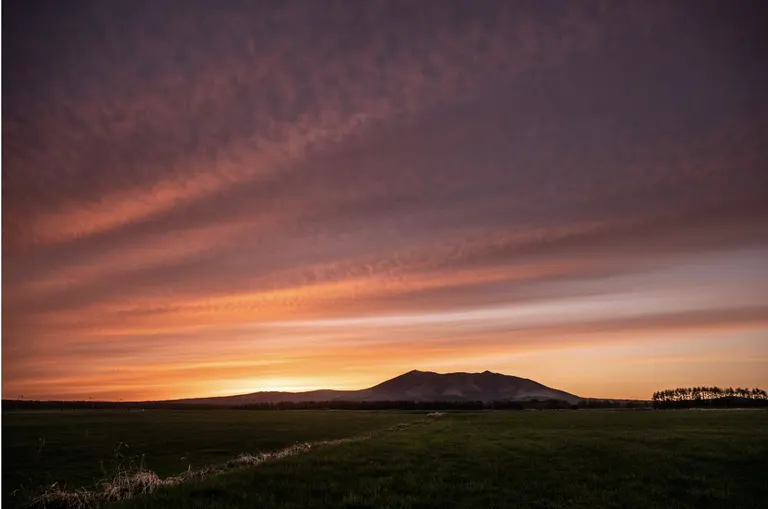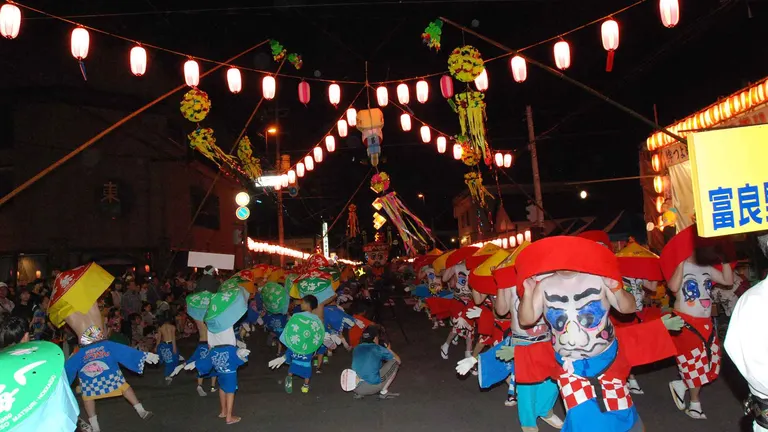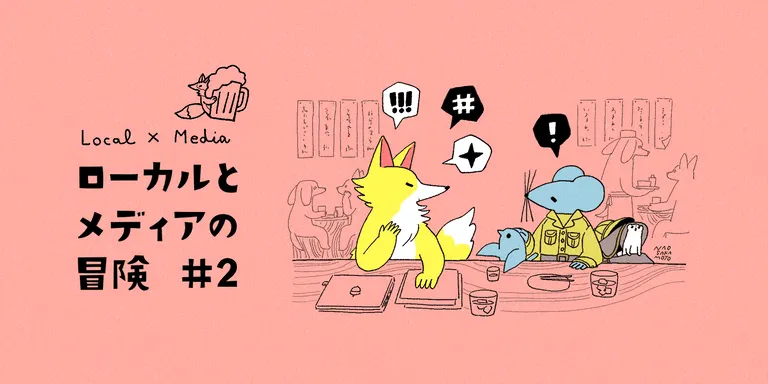
ARTICLES
One proposal that challenged NHK's resolve [Serialization: "Adventures of Local and Media" (2)
Adventures with Kazuya Sa, an entrepreneur from Okhotsk
NHK Hokkaido's "Local Friends" program has attracted attention for its involvement in community building, with local residents taking the lead in TV program production. The adventure began when a blond entrepreneur presented a "proposal" at a tavern.
1. a winter night in downtown Sapporo
2. the mass media is on the precipice
3. co-creation is not easy
4 . the emergence of local players
5. what are Local Friends?
6 . interview with kazuya sa
In this issue, I would like to introduce a friend of mine who was the catalyst for the co-creation of NHK Hokkaido with local people. At first I was nervous because I thought he might be a scary person, but after reading his sharp proposal, I was even more nervous. ......
Local Friends Staying in Hokkaido" and "Local Friends News" are aired on NHK Hokkaido's evening news program "Hot News Hokkaido. We will send you a behind-the-scenes look at the production of these programs, which are full of unusual events.
On a winter night in downtown Sapporo
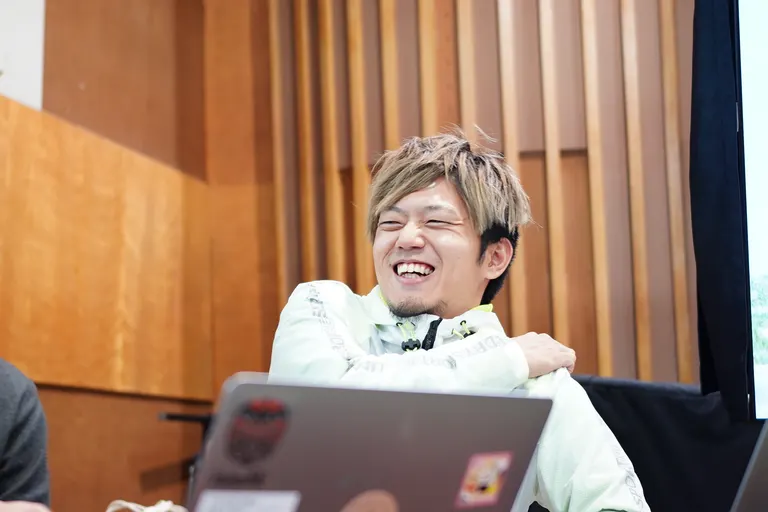
"It's not the shoes!
"Oh, it's not the shoes?"
It's the way you walk. It's not the shoes.
On a December night, the streets of Sapporo are icy.
I learned about this when I transferred from Tokyo and actually fell down.
On a December night in 2019, I was walking side by side in downtown Sapporo with a group of fellow workers who had been in Hokkaido for a long time. I was trying my best to keep up with them, who were walking differently.
The launch of the study group that examined a certain movement in Hokkaido had begun. The first and second parties went smoothly, and we were getting drunk. In a corner of the lively banquet, I came face to face with a blonde-haired man. His name is Sa-no-kazuya-san. He was a 29-year-old businessman from Engaru, Okhotsk, the "upper right" part of Hokkaido.
I had been talking to him for a while,
I had been talking to him for a while, but he disappeared from the tavern.
He disappeared from the pub. When he returned, he was carrying a document that he had just printed out at a convenience store.
It was a nine-page proposal.
What is this Local Friends thing?"
It was a cold winter night, and he received the proposal hot from the tavern.
Mass media is on the precipice.
We had a strong sense of crisis. Every year, the industry focuses on the "weekly viewer rate," which is the percentage of people who watch TV for at least five minutes during the week. Our spirits sank when we saw the score in the 20s: 92 out of 100 in 2008 had plummeted to 67 in 2018 (National Personal Viewership Survey, 2019). The shape of the graph looked like a cliffhanger.
Even more serious was my trust in the media.
I once had a college student who was looking for a job suddenly say to me, "Isn't the TV industry trash? Frankly speaking, I was frightened, but there is a growing atmosphere, especially among the younger generation, of indifference at best and distrust at worst when it comes to the mass media.
Then, in 2019, when I heard a newcomer assigned to NHK Hokkaido divulge that he couldn't tell his friends that he had been hired by NHK,
'This has come as far as it's going to come.'
and the need to reconnect the relationship between the media and society was pressing.
In the midst of this situation, NHK Hokkaido formed a reform group of young and mid-career employees and tried to change the concept of "from viewer to partner". I was a member of this group. Simply put, instead of TV stations unilaterally creating and delivering content, the strategy was for TV stations and citizens to work together to create content and build a relationship of trust.
And the first partner we chose was a "local player.
Co-creation is not easy.
I visited an event where people called "local players" took the stage.
I went to an event where a TV station and a local player were speaking, and I said to them, "I think it would be interesting if a TV station and a local player teamed up.
I handed out business cards and began chatting with them through a loose connection on Facebook.
One day, I posted a message to the local players' group saying, "I am thinking of introducing local players on NHK's website.
The next moment I was about to start a glorious page of co-creation. I received a reply from SAKAZUYA.
If we only have a "website," we can honestly transmit information by ourselves.
Mr. Sanokozuya runs his own web media "Okhotsk Island," which is set in the Okhotsk region. He wrote a blog post when he was a junior in college, "About My Unemployed Father and the Future of the Countryside." which received 50,000 page views in just one day. He certainly doesn't seem to have any trouble communicating on the web.
The reply goes on to say.
"It doesn't seem to be that easy to create.
It was.
It would be nice if we could introduce the activities of local players on the air, but it takes a lot of work to get a project through the station and to actually produce the program. It was not an easy high nod.
I raised the idea of becoming a partner in good standing, but I didn't know what to do. ......
The stalemate was broken by an "incident.
The emergence of local players
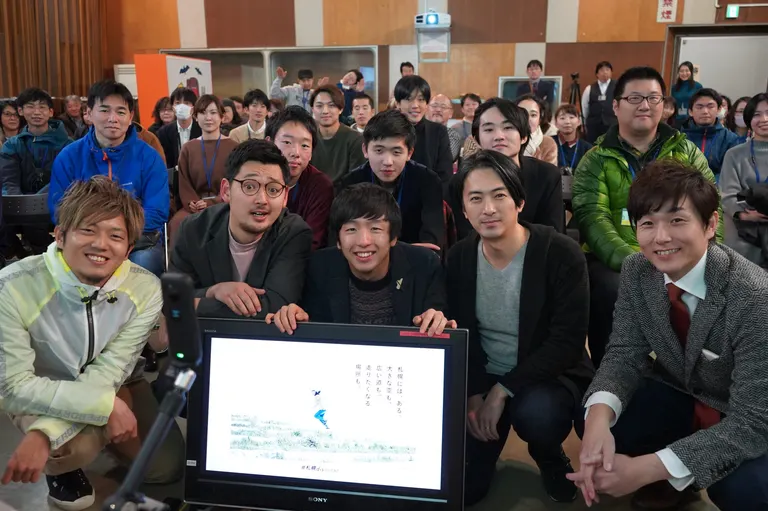
"Marathon and Walking Race Course to Sapporo"
On November 1, 2019, the IOC abruptly announced that the walk and marathon courses for the Tokyo Olympics would be changed from Tokyo to Sapporo.
Immediately, a problem arises. Some information programs on commercial key stations broadcasted programs with the tone, "What is available in Tokyo is not available in Sapporo. For example, TBS's "Hiruobi! introduced Sapporo as "nothing" and "monotonous scenery" while viewing a course in Sapporo on Google Street View.
In response, people who felt uncomfortable with the program began to send messages on social networking sites.
One after another, messages such as, "Just because it's in Sapporo, they are laughing all the time and saying there is nothing and the scenery is monotonous, which is annoying to watch.
The voices eventually grew louder, and the hashtag "#Sapporo dis" (meaning "blame Sapporo") became a movement to refute the mass media's condemnation of Sapporo. It was a hellscape in which the mass media condemned the local region, and the citizens condemned them on social networking sites.
Junichi Takada, media commissioner of the Hokkaido Shimbun, later tallied that the Sapporo DIS hashtag had 40,000 tweets and 25 million retweets combined for a total distribution of 25 million. (December 1, 2019, Hokkaido Shimbun morning edition, "Read the web: A huge wave of advocacy for Olympic marathon Sapporo condemnation").
It was Hokkaido's "local players" who vividly reversed these negative movements. Eikaze Koga, a member of Urahoro Town's Community Development Cooperation Volunteers, initiated a movement to promote local attractions using the hashtags "#Sapporo discover" and "#Hokkaido discover" to replace "blame dis" with "discover.
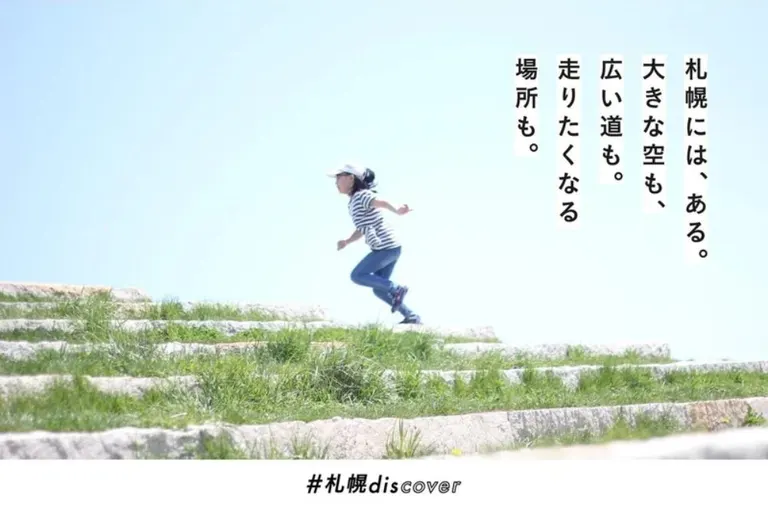
In the midst of all this, Kazuya Sano sent a message to the members of NHK Hokkaido.
The exquisite message, with a subtle hint of "NHK won't cover it, will they?
The anchor of NHK Hokkaido's evening news program will introduce the movement on the air as a report on her own program.
I, for my part, decided to hold a "study session" to gather those involved and examine the mechanism by which it spread.
It was amazing--I went inside for the first time."
On December 8, about a month after the riot, local players gathered one after another in the second studio of NHK Sapporo Station.
The founder, Mr. Koga, was a recent college graduate and in a fresh mood. Tension was high at the TV station. NHK Sapporo Broadcasting Station, which was expanded during the 1972 Sapporo Olympics, is a dilapidated facility that frequently leaks. I was amused by its antique design.
Sano-san showed up with bright blond hair.
Then a local player who calls himself a "hashtagger" because he creates hashtags also showed up and suddenly started creating a hashtag on the spot, "#Sapporodiscover its destination. Using this hashtag, Koga-san and Sano-san started live-tweeting the status of the study session. The hashtag quickly spread, and people all over Hokkaido were communicating with each other.
It is a different world from my workplace ......, where even a single tweet requires the approval of management and a call to the digital staff. I watched the tweets with a high level of excitement.
The study session began, and the founder, Wing-Fu Koga, or someone like him, started to talk about the day's events.
When I woke up in the morning, I felt sad because social networking sites were in disarray.
In an attempt to hold together a society that was becoming increasingly divided, he asked a hashtagger with whom he had been in contact for some time if there was anything he could do to help.
Then the idea of converting "dis" to "discover" was born. A designer friend of mine saw the hashtag and came up with a frame and catch copy that could be used on Twitter.
One after another, friends joined the project, including an acquaintance who used the frame to communicate the charms of Hokkaido, and another who contacted the mass media about the project.
Although the local players had no particular arrangement, they were organically connected and the movement spread. Thus, "#Sapporo discover" and "#Hokkaido discover" invented by Mr. Koga and others reached 17,000 tweets and 20 million distribution within the month. It is fair to say that the #Sapporodiscover hashtag is now on par with the original #Sapporodiscover hashtag.
This was the power of the local players in Hokkaido.
Among the local players who gathered that day, one who stood out from the crowd was Kazuya Sano.
Mr. Sano was an entrepreneur who has been active, sometimes angered and sometimes saddened by the current situation that makes it difficult to live happily in the community. After graduating from university, he worked for a major advertising agency, but left his job to start his own local media company.
I have the impression that he is somewhat of a mixture of dark and pure.
What is Local Friends?
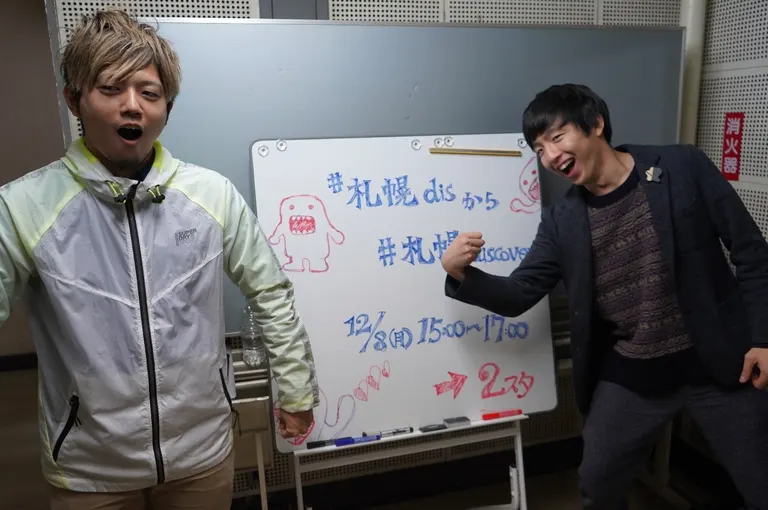 (Left: Mr. Kazuya Sasa, Right: Ms. Wingfu Koga)
(Left: Mr. Kazuya Sasa, Right: Ms. Wingfu Koga)
Still excited from the study session, I headed to an izakaya (Japanese-style pub) in Sapporo with a group of local players.
At the after-party, I met with Sano-san and broached the idea of a program in which NHK and local players would work together. The idea was for NHK to introduce local players in a five-minute program.
After hearing this idea, Sano-san printed out a proposal for Local Friends at a convenience store. The central idea was to have "Local Friends," local networkers who introduce people who are active in the community.
My plan and Sano-san's plan were similar but very different.
The difference was that the local people were the "subject" of the project. Does the media introduce local people? Or do local people introduce local people?
What kind of program will this be?
I left for home with a sense of wonder.
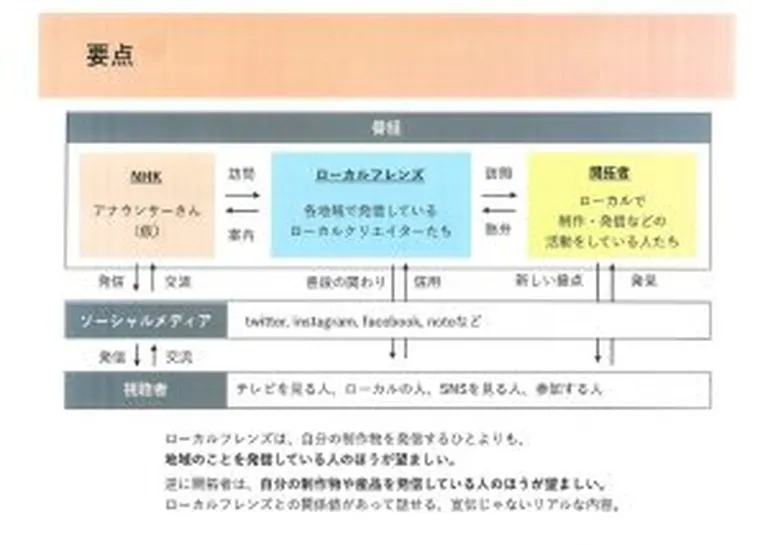 (Actual proposal. It explains in detail how Local Friends will play a role)
(Actual proposal. It explains in detail how Local Friends will play a role)
The next day, as I scanned the proposal through the copy machine, I had the sensation that something I had cherished as a TV person was sloshing away.
I joined NHK in 2008 as a director and have been involved in program production.
During that time, one of the things I was drilled into my head was that "the proposal is the director's lifeline.
Or, "Be more knowledgeable about the subject matter you are covering than anyone else and get it out on the air" was my pride as an interviewer.
I don't think we should leave the coverage activities to the local people. Or should I take on a proposal that was not the director's to begin with? I was not sure.
On the other hand, local people know the local community better than we do. That seemed to be a certainty. After all, I came to Hokkaido for the first time this year.
In the meantime, Mr. Sano decided to come to the NHK Sapporo station to give a presentation. Seven or eight of us nervously waited for his arrival.
And when Mr. Kazuya Sano finally arrived, he had dark hair.
He had dark hair. He was embarrassed and said he had dyed his hair for his visit to NHK.
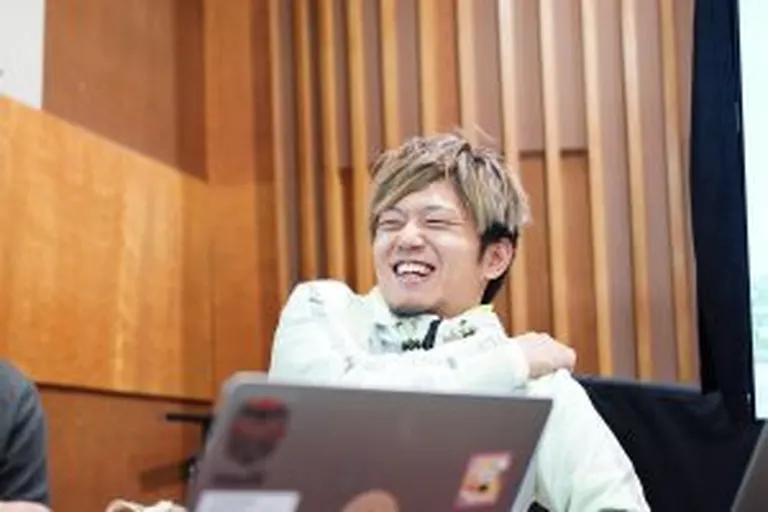
Profile
Born in 1991 in Engaru-cho, Hokkaido. After working for Hakuhodo, Institute of Advanced Media Arts and Sciences (IAMAS), and freelance, established Torch Inc. in Sapporo, Hokkaido in 2020. While traveling back and forth between Sapporo and his hometown in the Okhotsk area, he engages in business and brand development involving various media and communities. His goal is to "create and live comfortably no matter where you live. Loves dogs and cats. Allergic to cats.
-- Why did you decide to write a proposal?
(laughs) I wasn't sure if NHK's way would work or not.
There are many types of people involved in local activities. I decided to write a proposal in the hope that it would shine a light on small but steady activities.
--How did you come up with the plan?
I was chatting with Takuro Nakanishi (Dot Doto, Representative Director), a senior local resident, about entertaining friends who came to visit from outside the area. When we take them around the local area, they are "surprised" by the unexpectedly high concentration of local players, and we thought it would be novel if we could capture that kind of shock from a professional's point of view. <I thought it would be a novel idea to have such an impact captured from a professional's point of view.
--The term " Local Friends" was coined, but how did you come up with it?
<I thought it would be important to have "people who understand the local area and can talk with people outside the area," so I had to think about what to call them. I was thinking that I should think about what to call them, that this would be important. I thought it would be better to call them "friends" in a casual way to give them a sense of distance.
I came up with the idea after thinking about it over a hot spring bath in Kiyosato-cho in the east of Hokkaido (a town near the World Heritage Site Shiretoko).
-- Why did you come to NHK with black hair?
I thought they might trust me a little more if I had dark hair (laughs).
There are already regular projects running in the TV stations, and everyone wants to get new proposals through. While racking our brains, one member came up with an idea.
They wanted to slip it into the "trial period" of the evening news program.
Coincidentally, as part of a program supported by NHK headquarters, a meeting was scheduled to review the renewal of the evening news program. As far as I know, this is a rarity, at the level of once every few years. I don't want to say that it is in the throes, but it is definitely a kind of "period of change".
That's next month, isn't it? There's the year-end and New Year's holidays..."
But that's all we can do.
Thus, a program project titled "Marunagekko" was adopted within NHK and was to be broadcast under the name of a trial.
The program was broadcast under the name "Marunagekko," and it was called a trial.
It attracted people who said, "I want to do Local Friends, too.
Who are they?
Freelance writers.
A Buddhist monk.
A company employee who paints cars.
They were all people who had never been involved in program production at all.
The broadcasting site was becoming more and more chaotic. The adventure continues in the next issue.
Author's Profile
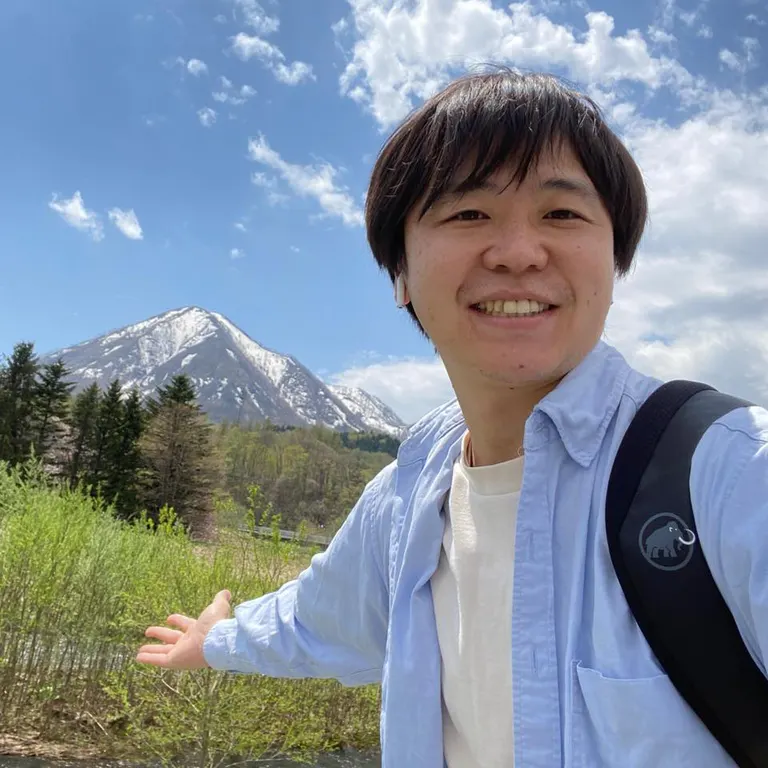 Ryo Osumi, Director, NHK Sapporo Broadcasting Station
Ryo Osumi, Director, NHK Sapporo Broadcasting Station
Born in Mishima City, Shizuoka Prefecture in 1984, Ryo Osumi joined NHK as a director in 2008. He joined NHK in 2008 as a director, specializing in the development of new projects such as "NONARE" and "Professional Children's University", and from 2019 will be organizing "Local Friends", "Shiraberka" and "Moya Cafe (Obihiro station)" in Hokkaido. In Local Friends, he is involved in the production of East Hokkaido, Hakodate, Date, Nakashibetsu, Shiretoko, Kiyosato, Soya, Kimobetsu, and Teshikaga. He may have a baby face, but he is a father of two. He has been skiing for 2 years.
<Click here to see past articles in this series.
Adventures in Local and Media
(1) Using Television to Create Communities: Introduction






